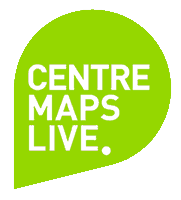What are BGS Maps?
This generalised digital geological map data is based on BGS’s 1:50 000 and 1:63 360-scale maps. Covering almost all of Great Britain, it provides a detailed local to regional description of geology and underpins many of our national map services and products. Lithostratigraphic nomenclature is updated to current usage, ensuring accuracy, consistency, and relevance for various geological applications and research purposes.
Who is BGS Mapping for?
The BGS Geology UK Map: 50k data provides a digital representation of the geology previously shown on the map face of the published 1:50 000 scale paper maps. The geological map data is arranged into four geological themes:
1. Bedrock (e.g. rocks and deposits laid down prior to 2.588 million years ago—but including the Crag Group)
2. Superficial (e.g. deposits laid down during the Quaternary Period, including glacial and alluvial sediments, vital for understanding surface geology)
3. Mass Movement (e.g. areas of landslide, highlighting instability and past geological activity, useful for risk assessment
4. Artificial (e.g. areas of artificially modified ground, such as quarries and embankments, reflecting human impact on the landscape)
And an additional component for:
5. Linear features (e.g. faults, geological boundaries, and structural discontinuities, essential for structural geology analysis)
The BGS Geology UK Map: 50k V8 dataset is provided as five GIS map layers. It is recommended that the layers are displayed in the following order within GIS (to allow best visualisation and clarity of the map objects):





